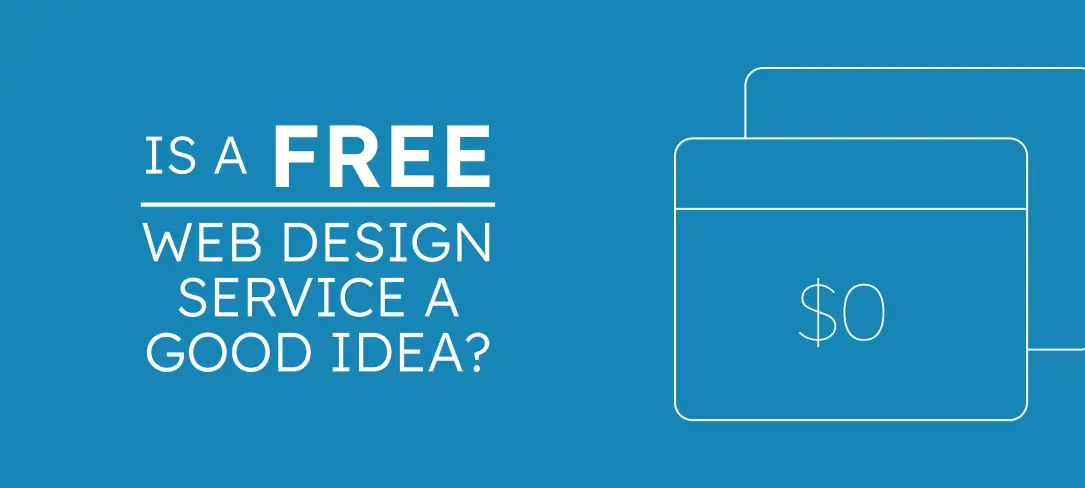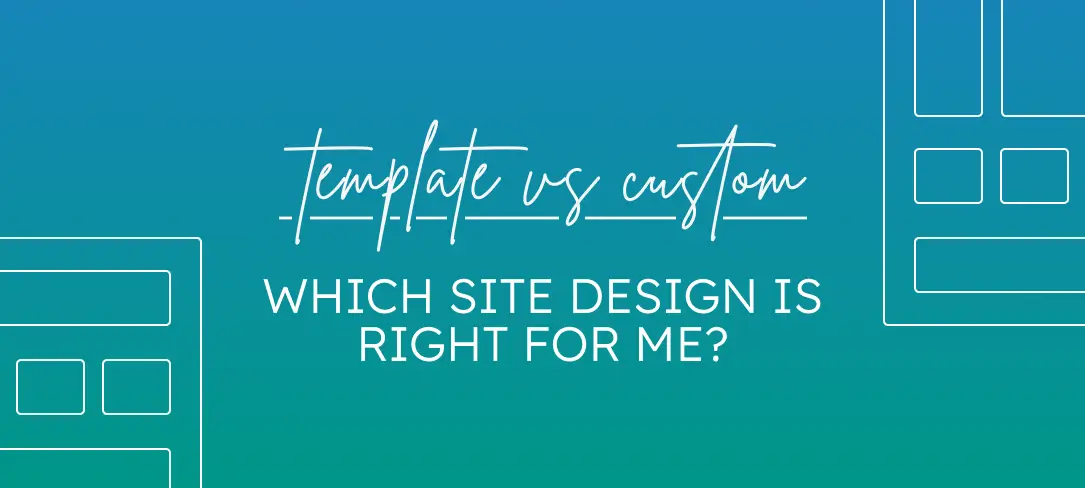A great website doesn’t just look good, it performs. Many people think SEO success depends entirely on keywords and backlinks, but design plays a bigger role than you might expect. A well-built website makes it easier for both users and search engines to understand and navigate your content. If you’ve been wondering whether design can actually help you rank higher, the answer is yes, and here’s how.
Key Takeaways
A clean, intuitive design keeps visitors on your site longer, which helps SEO.
Mobile responsiveness is crucial since Google uses mobile-first indexing.
Fast load times improve both user experience and search rankings.
Strategic use of visuals and text formatting enhances readability and engagement.
Clear navigation and internal links help search engines crawl your site efficiently.
The Connection Between Design and SEO
Think of your website as your digital storefront. Even if you have the best products or content, a confusing layout or clunky experience will send visitors away. Search engines notice when users bounce quickly, and that can hurt your rankings. A thoughtfully designed site encourages visitors to stay longer, click around, and engage with your content; all signals that your site provides value.
Mobile-Friendly Layouts Matter
Mobile optimization isn’t optional anymore. With Google’s mobile-first indexing, your site’s mobile version is the one primarily evaluated for ranking. If your site isn’t responsive, you risk losing visibility and potential customers. Good design ensures your pages automatically adjust to different screen sizes, images scale correctly, and navigation stays simple on any device.
Site Speed and Performance
Users expect pages to load quickly. If your site takes more than a few seconds to appear, many visitors will leave before they even see your content. Google uses page speed as a ranking factor because it reflects user experience. Optimizing images, reducing unnecessary code, and using reliable hosting can make a major difference in performance.
Navigation and Structure
A well-structured website helps visitors find what they’re looking for easily, and that ease of use helps search engines too. Simple menus, logical page hierarchies, and internal links guide both users and crawlers through your content. Design should make navigation intuitive so that people naturally move from one page to another, signaling to Google that your site offers valuable, connected information.
Readability and Content Presentation
Your design affects how visitors consume your content. Blocks of unbroken text can drive readers away, while smart formatting (headings, bullet points, and white space) keeps them engaged. High-quality typography and proper contrast also help accessibility, which indirectly supports SEO. Search engines favor websites that provide a smooth experience for all users, including those using assistive technologies.
Visuals, Images, and Multimedia
Images and videos make your website more engaging, but they need to be optimized correctly. Large, uncompressed files slow your site down. Use descriptive alt text for all visuals to improve accessibility and help search engines understand what’s on your page. An appealing design that incorporates visuals strategically can also increase time on site and reduce bounce rates.
The Role of Consistency and Branding
Consistent design elements (colors, fonts, buttons, and layouts) build trust. Visitors who trust your brand are more likely to stay longer and return later. That kind of engagement helps establish credibility with search engines as well. The more cohesive and professional your design feels, the more likely users are to share your site or link to it, which directly boosts SEO authority.
Design Elements That Help SEO
Here are a few specific design practices that enhance your site’s search performance:
Logical page hierarchy: Organize your content in a way that flows naturally, using clear headings and subheadings.
Clickable buttons and links: Make it obvious where users should go next, guiding them deeper into your site.
Simple URL structure: Short, keyword-relevant URLs are easier for both users and search engines to understand.
Schema markup: Structured data helps Google display rich results and understand your page content better.
Secure HTTPS: A secure connection is now a ranking factor and signals reliability to visitors.
FAQs
Does design really affect SEO rankings?
Yes. While content and links are core SEO factors, your site’s design affects how users interact with it, and user engagement metrics influence rankings.
How can I tell if my website’s design is hurting SEO?
Check your site’s bounce rate, page speed, and mobile usability using tools like Google Analytics and PageSpeed Insights. High bounce rates or slow load times often point to design issues.
Should I redesign my website for better SEO?
If your site looks outdated, loads slowly, or isn’t mobile-friendly, a redesign can significantly improve SEO and overall performance.
Do visuals slow down a site’s SEO performance?
Not if they’re optimized correctly. Compress your images and use modern file formats like WebP to maintain quality while improving speed.
Final Thoughts
Design and SEO work best when they complement each other. A visually appealing site that’s easy to use sends strong positive signals to both your visitors and search engines. If your goal is to attract more organic traffic, focus on improving the user experience through smart design decisions. The better your website feels to your audience, the better it will perform in search results.
Additional Resources
Template vs Custom Website Design: Which Site Design Is Right for Me?






